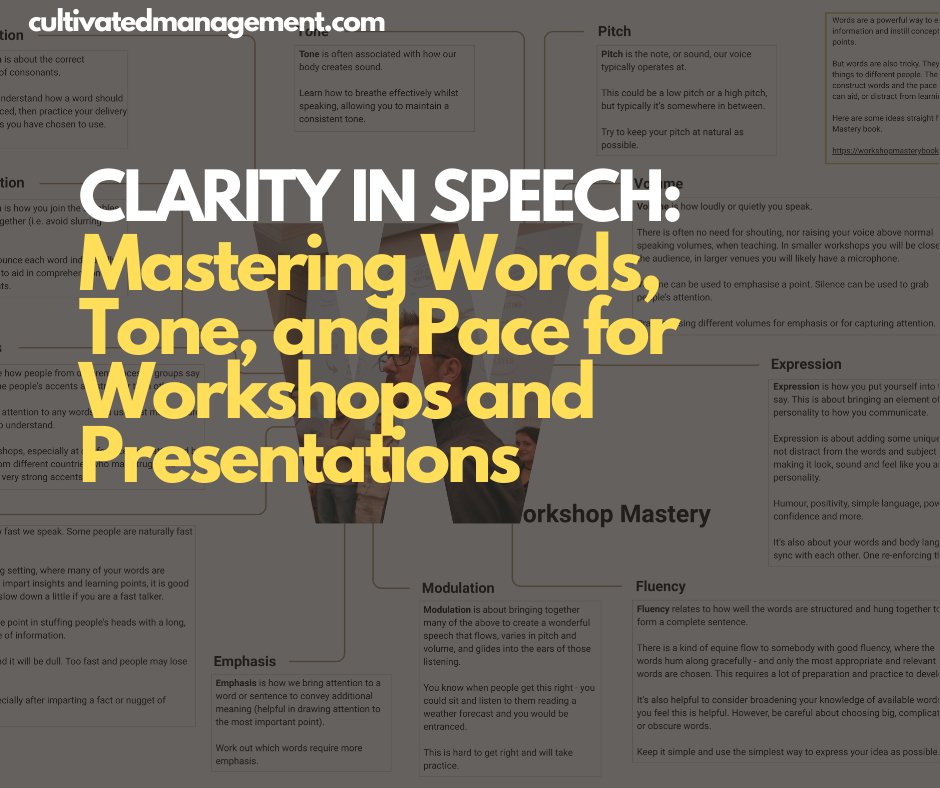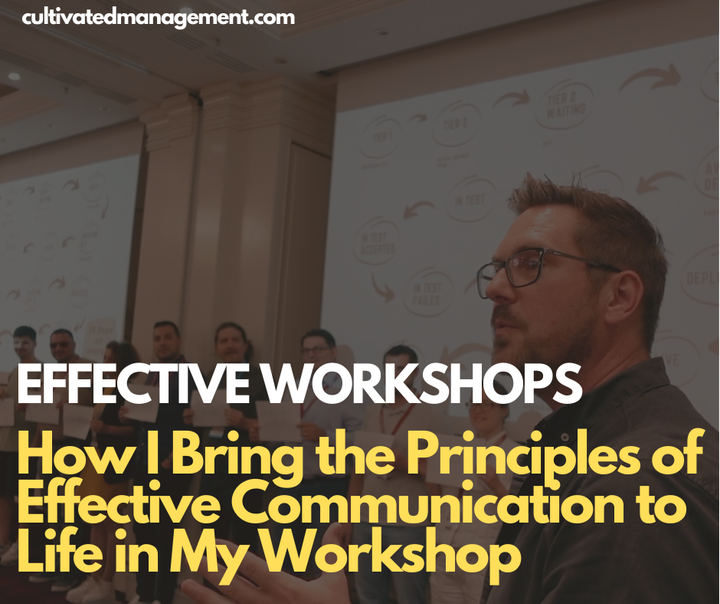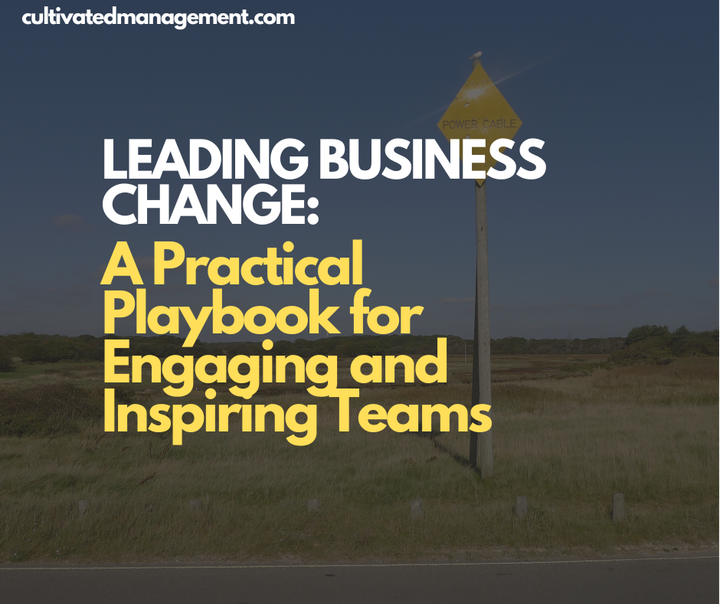Going from Vision to Reality: Turning Ideas into Results in the Workplace
Ever wondered why some brilliant ideas fizzle out while others soar? It often comes down to more than just a good concept. True success hinges on a powerful framework: Vision, Insights, Clarity, Alignment, and Action.
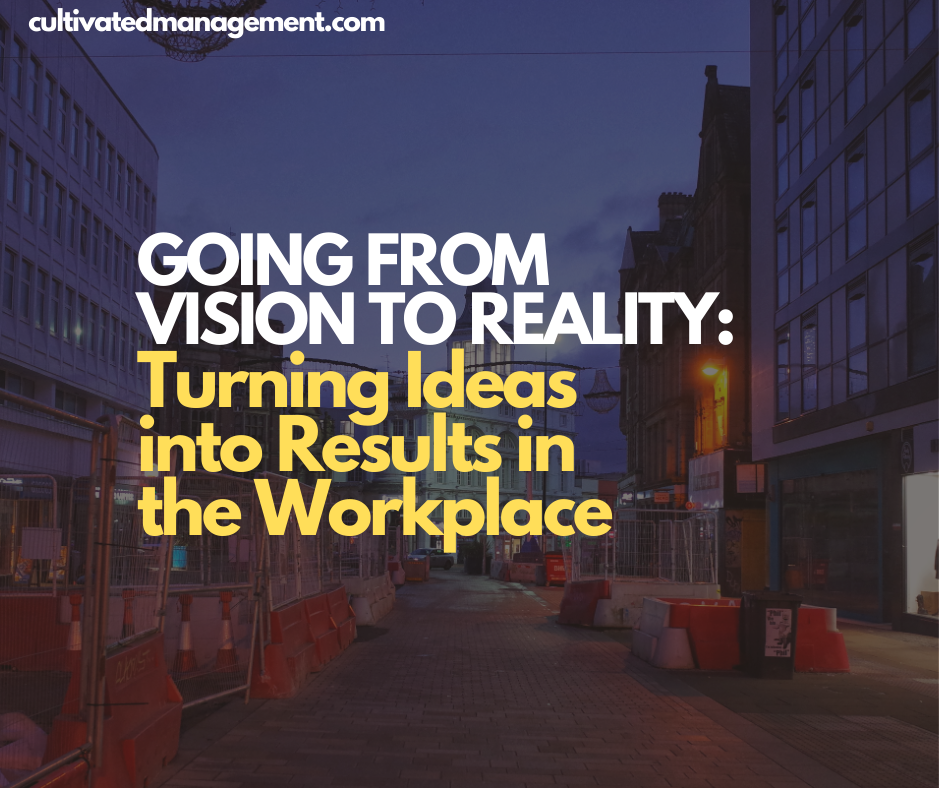
It begins with Vision
Every successful endeavour begins with a vision — or what I like to call a Painted Picture.
Someone needs the foresight to imagine the business in the future, to see how things could be different. They need to vividly envision a compelling future: What does it look like? What does it do? What is it like to work there?
In my experience, many businesses lack this long-term vision, often focusing only on next quarter’s targets. It’s no surprise, then, that change programs stall, improvements remain elusive, and people feel a lack of purpose and meaning in their work. Without a clear vision for the company, the team, and its people, stagnation is inevitable.
This article first appeared in the Meeting Notes newsletter - Get One Idea a Week to Lead with clarity and cultivate workplaces that enrich the lives of all who work in them.
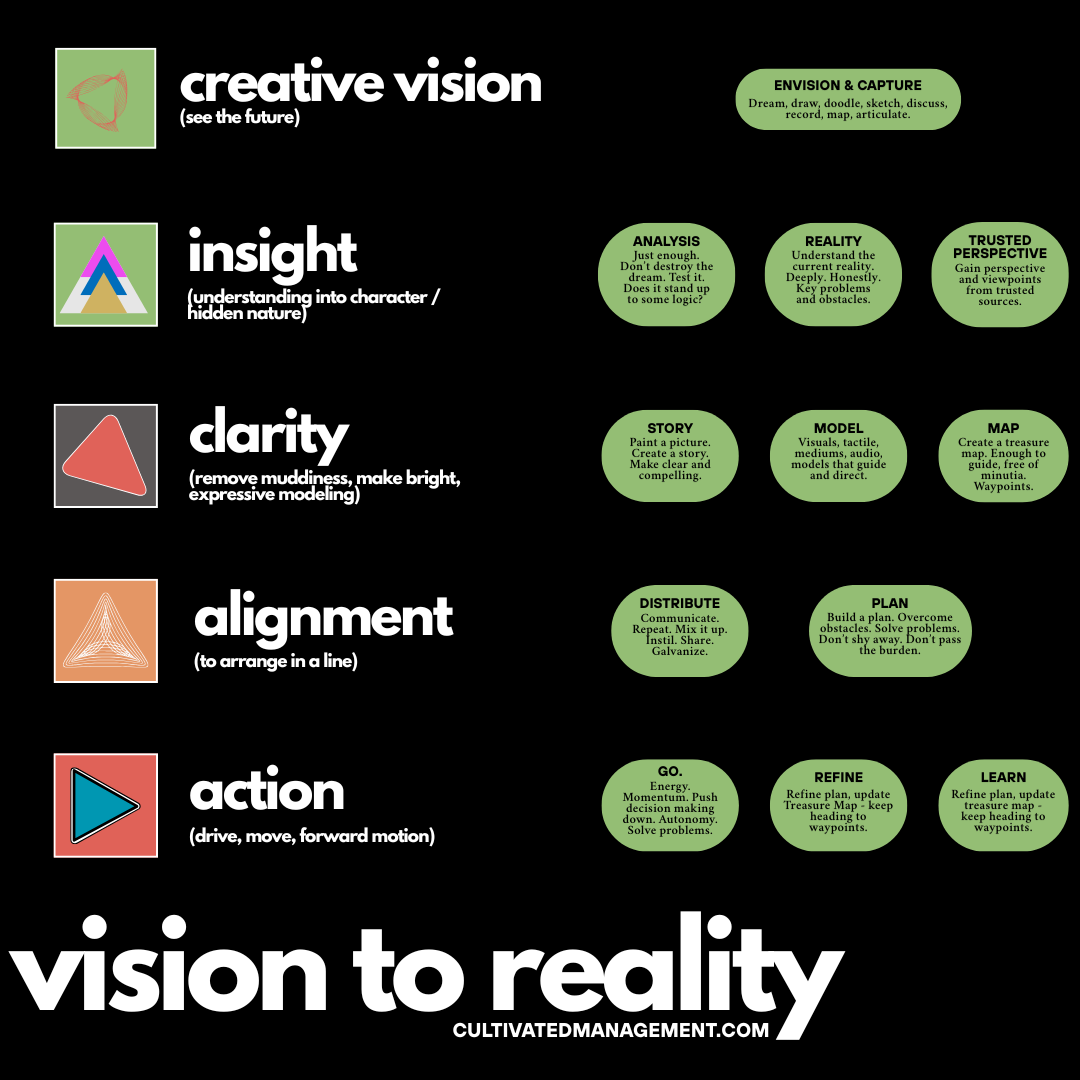
Vision: Painting the Picture
Vision is essential. We admire visionaries, but they are rare in the corporate world. When they do exist, red tape, naysayers, and internal politics often stifle their ideas, causing them to give up.
A vision confined to the mind is only the beginning; it needs to be articulated. Write it, sketch it, record it, use visuals, or even AI to capture it. Whatever it takes, turn the vision from an internal thought into something tangible that can be tested, shared, and improved.
As I always say: “The future belongs to those who can communicate about it.”
Insights: Testing the Dream
A vision must be tested. Insights allow you to gauge feasibility, accuracy, and applicability. This means gathering feedback—but carefully.
Too much analysis can kill the dream. Excessive criticism can blur the vision. Too much sensibility can turn a bold dream into a minor improvement. Test the vision, but don’t extinguish it.
Seek feedback only from people you trust. Everyone has an opinion, but only some opinions truly matter. Similarly, data must be accurate and insightful. Misleading statistics can dismantle the best ideas.
Keep the dream alive but grounded. Test your vision against current reality. I’d love to play professional basketball — but at my age, it’s unrealistic. A local dads’ basketball team? That's grounded and achievable.
Even if you choose to ignore some aspects of reality, at least you’re aware of it — a step many leaders never take.
Clarity: Helping Others See the Future
Once you have a vision, bring clarity to it. Help others see it. This isn’t about sending facts or documents — it’s about making the vision tangible in their minds.
Stories are powerful tools here:
“We’re here. Here’s the challenge. Here’s the obstacle. Here’s the other side. Here’s how we’ll grow. Here’s how amazing it will be. Here’s how hard it will be. Here’s who’s involved. Here’s why we must take on this challenge.”
Stories reach where facts cannot. They create an emotional connection. If your vision is still inspiring, your story should evoke that emotion.
The story is never complete. The beginning and end are compelling; the middle is fuzzy. That middle is for the organisation or team to write, while always keeping the vision in mind.
Models and Visuals
Bring your vision to life with models, visuals, or examples. A well-designed blueprint, diagram, or even a sketch can communicate more than a thousand words.
People need to see the future, not just hear about it.
Treasure Maps: Waypoints to the Future
Clarity also requires direction — a high-level roadmap. I call this a Treasure Map. It doesn’t prescribe every step but highlights waypoints to navigate toward.
Over-planning kills momentum. Organisations that attempt to define every step before action almost always fail. Change happens through action, learning, and adjustment.
A Treasure Map provides waypoints. People take action, learn, and pivot. Everyone moves collectively, keeping the vision in mind, while maintaining the flexibility to adjust.
👉 See this article on planning - and how the plan must evolve.
👉 If you're interested in learning about business storytelling, check out the Storytelling Masterclass with a Sunday Times Top Ten best selling author.
Alignment: Winning Hearts and Minds
Vision and clarity aren’t enough. Alignment ensures everyone is moving in the same direction. This is the internal PR of leadership. You want the hearts and minds of those who will do the work, tackle the obstacles, and bring the vision to life.
Use your story, visuals, and Treasure Map to communicate consistently across teams. Repeat it often and in different formats. Reinforce the vision daily, and allow the organisation to self-align toward the waypoints.
Short-term goals can help. They provide micro-alignment around milestones that lead to the waypoints. When alignment exists, momentum gathers — and momentum fuels progress.
Action: Driving Towards the Future
Clarity and alignment create the platform for action. Action is fast, focused, and driven toward the first waypoint. Tackle significant challenges early to capitalise on energy and enthusiasm.
Learning is critical. Ask constantly: “How can we get better?”
- Learn what works and what doesn’t.
- Learn who is on board and who isn’t.
- Learn from metrics, data, and people.
Decision-making should be pushed to those closest to the work. Support them, encourage autonomy, and trust them to do the right thing. They understand the vision, the plan, and the next waypoint — now let them find the way forward.
Front-load the big wins. Solve a major problem, release a significant upgrade, or achieve a tangible outcome early. This builds confidence and reinforces the path toward the vision.
When the grind sets in, maintain engagement. Support people, listen to them, and always tie everything back to the Painted Picture. Solve problems completely, don’t pass the burden to others, and celebrate progress along the way.
Putting it All Together
To bring change and agility to life, you need:
- Vision – A bright, compelling Painted Picture of the future.
- Insights – Trusted feedback and evidence to test and refine the dream.
- Clarity – Stories, visuals, models, and Treasure Maps to make the vision tangible.
- Alignment – Consistent communication that galvanises hearts and minds.
- Action – Fast, autonomous, and focused progress toward waypoints, with continuous learning.
This framework works at any scale: personal projects, small teams, departments, or entire companies.
It’s simple, but execution requires discipline, patience, and focus. The payoff is profound: a team and organisation moving with agility toward a bright future, engaged, inspired, and aligned.
And it all starts with a vision.
Bringing It Into Your Life
These principles aren’t just for businesses. You can apply them personally:
- Paint a picture of the person you want to become or the project you want to complete.
- Test it with insights and feedback from trusted friends or mentors.
- Bring clarity with models, sketches, or stories.
- Align your daily actions, routines, and habits toward the goal.
- Take action, learn, pivot, and keep moving.
Agility isn’t just a business concept — it’s a mindset. The vision gives direction, insights keep it real, clarity makes it understandable, alignment engages people, and action moves you forward.
👉 Ready to move faster towards your business goals while building a workplace people love? I help managers and leaders get there—through coaching, consulting, and training. See how I can help you.
